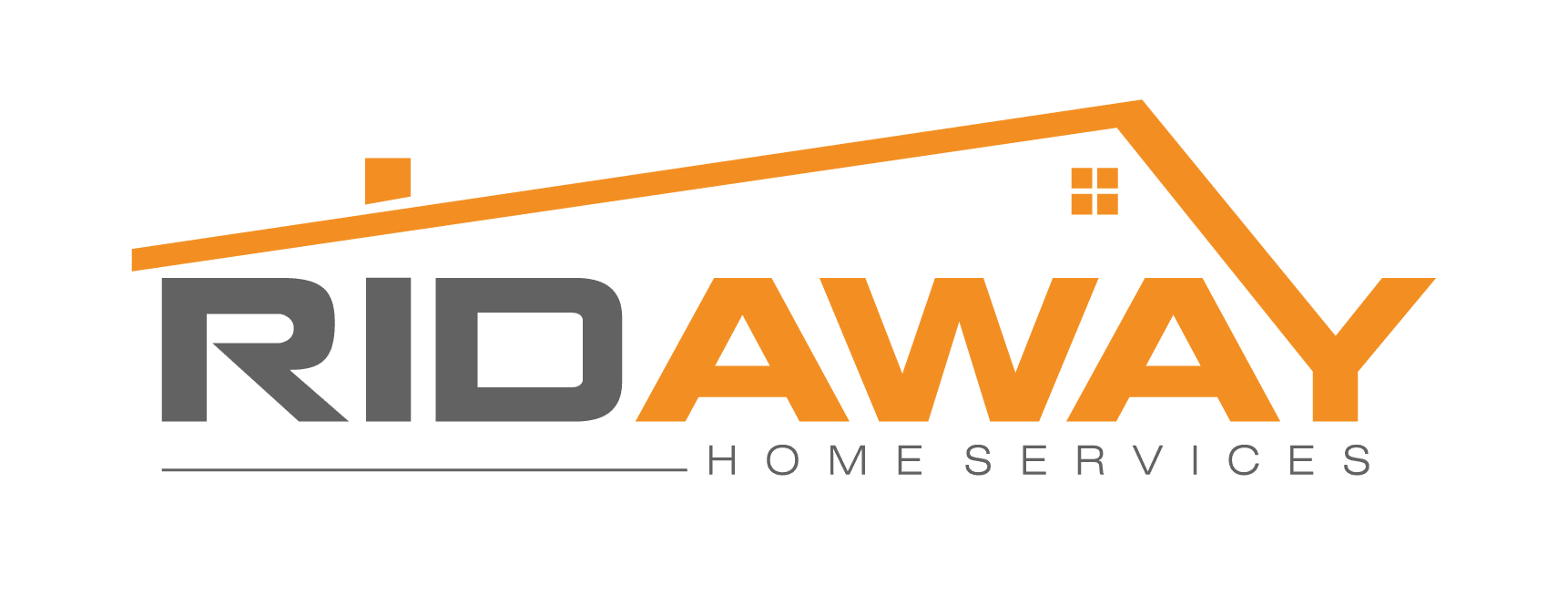Mold is universally hated for many reasons. It makes your home look shabby, smells bad, and causes health issues. On top of that excessive mold growth can also cause structural damage to your property. Mold exhales tiny spores into the air called mycotoxins, and if inhaled by living beings can enter their system causing respiratory issues and allergic reactions. In some cases, it can also exacerbate asthma and can greatly affect kids, the elderly, and people with compromised immune systems. Prolonged mold exposure causes bumps and rashes on the skin, fever, runny nose, and itchy eyes.
Mold impacts millions of U.S. homes annually, and it is estimated that 45 million buildings-including houses-have mold-related problems. According to the U.S. Environmental Protection Agency, nearly 21% of asthma cases in the country can be traced to mold and dampness in homes. Furthermore, health conditions have been identified as being caused by, or worsened by, exposure to mold, including breathing problems, allergies, and even the worsening of asthma. Mold-related problems occur more frequently in buildings than others that are not well-ventilated or have water damage since damp conditions promote mold growth and, thus, the possibility of something like this happening in an older or poorly insulated building.
- More than 50% of houses in America have mold issues, and a whopping 28% of the population carry genes that put them at risk of mold-related health issues.
- According to black mold facts, mold growth can be prevented by keeping humidity levels below 50%.
- Dampness and mold are associated with a 30-50% increase in rates of respiratory illnesses. (WHO)
- About 4.6 million asthma cases in the U.S. are caused by mold. (EPA)
- Removing mold from the home reduces asthma-related symptoms by 25-45%. (WHO)
- Mold exposure is also responsible for worsening other respiratory conditions, like COPD or COVID-19. These conditions weaken the lungs and make them even worse in responding to mold spores in the air. Other conditions, like Aspergillosis, are caused by mold exposure.
What Causes Mold?
- Excess Moisture: High humidity, leaks, or flooding create damp conditions ideal for mold.
- Poor Ventilation: Inadequate airflow traps moisture indoors, especially in bathrooms, kitchens, and basements.
- Water Leaks: Leaky pipes, roofs, or windows allow water to accumulate and foster mold growth.
- Condensation: Cold surfaces like windows and metal pipes often condense moisture, promoting mold.
- Organic Materials: Mold thrives on wood, drywall, and fabrics that provide nutrients.
- Warm Temperatures: Mold grows faster in warm conditions, typically between 77°F and 86°F.
- Poor Insulation: Poor insulation can cause cold spots where condensation forms, creating a mold-friendly environment.
Here’s What To Do?
- Fix Leaks Immediately: Repair any leaks in plumbing, roofs, or windows as soon as possible to prevent water from seeping into walls or floors.
- Control Humidity: Keep indoor humidity below 60%, ideally around 30-50%. Use a dehumidifier in damp areas.
- Ventilate Properly: Ensure areas like bathrooms, kitchens, and laundry rooms have good airflow. Use exhaust fans or open windows when cooking, showering, or doing laundry.
- Dry Wet Areas Quickly: Clean and dry any wet or damp areas within 24-48 hours. This includes spills, wet carpets, and damp walls.
- Use Mold-Resistant Products: When renovating, consider using mold-resistant drywall or paint, especially in moisture-prone areas.
- Improve Insulation: Proper insulation reduces condensation on walls, windows, and pipes, which can prevent mold-friendly conditions.
- Clean and Maintain: Regularly clean surfaces that could attract moisture, like bathroom tiles, and use a mild bleach solution or vinegar to remove early mold growth.
However, if the affected area is more than 10 square feet it is advisable to hire a mold removal professional. A mold removal professional like RidAway is the best in the market. It is EPA-approved, state-licensed, and industry-certified, and uses non-toxic pesticides that make your home safe to return to. RidAway toxic mold spores so you can breathe clean, healthy air once again.
Reference Links

